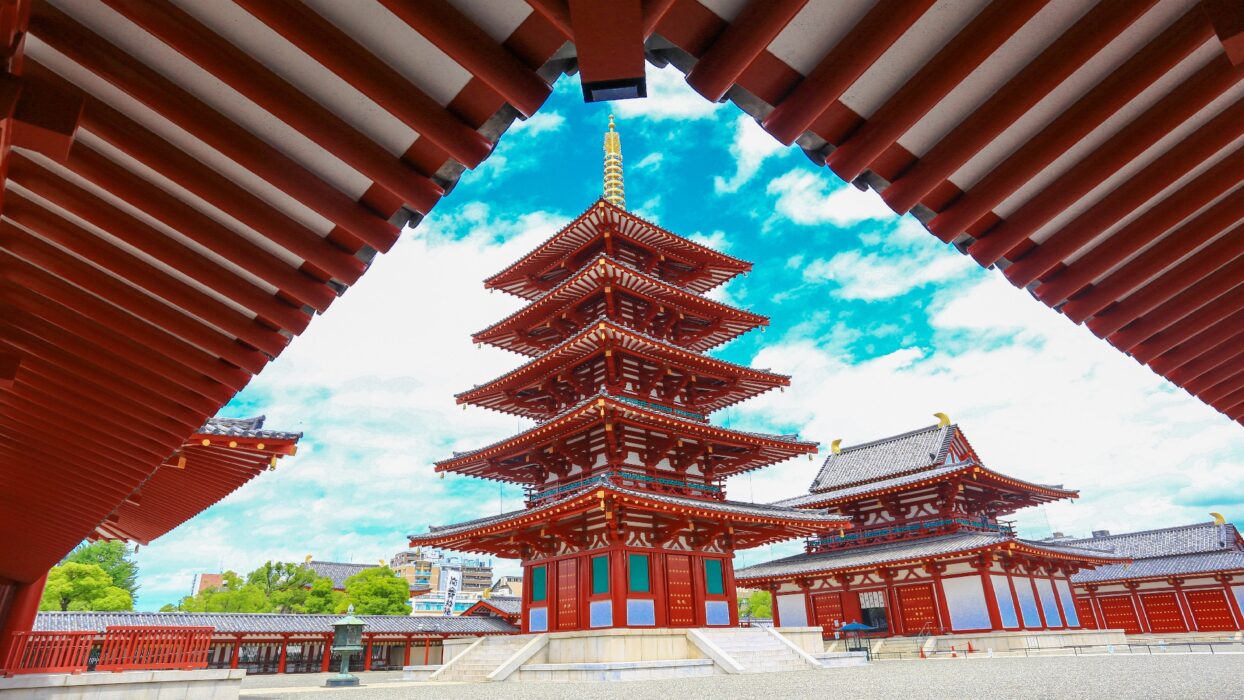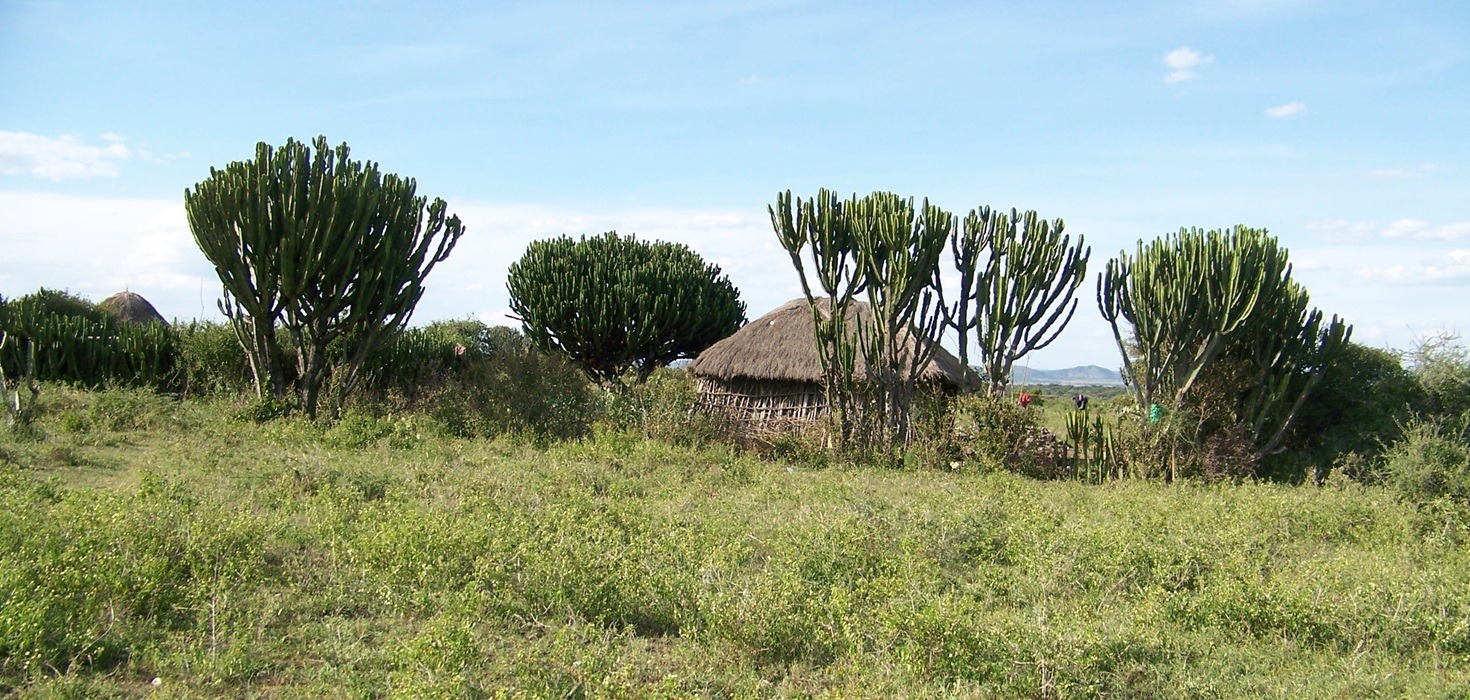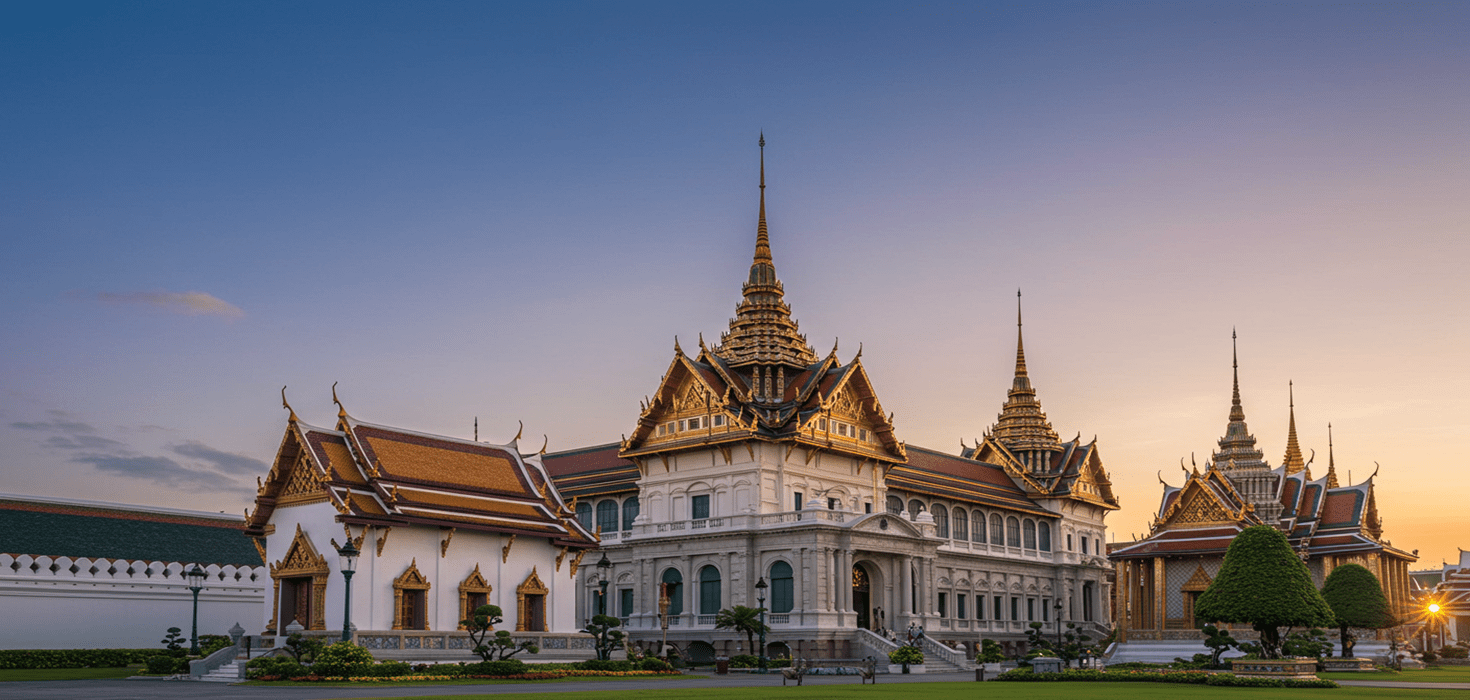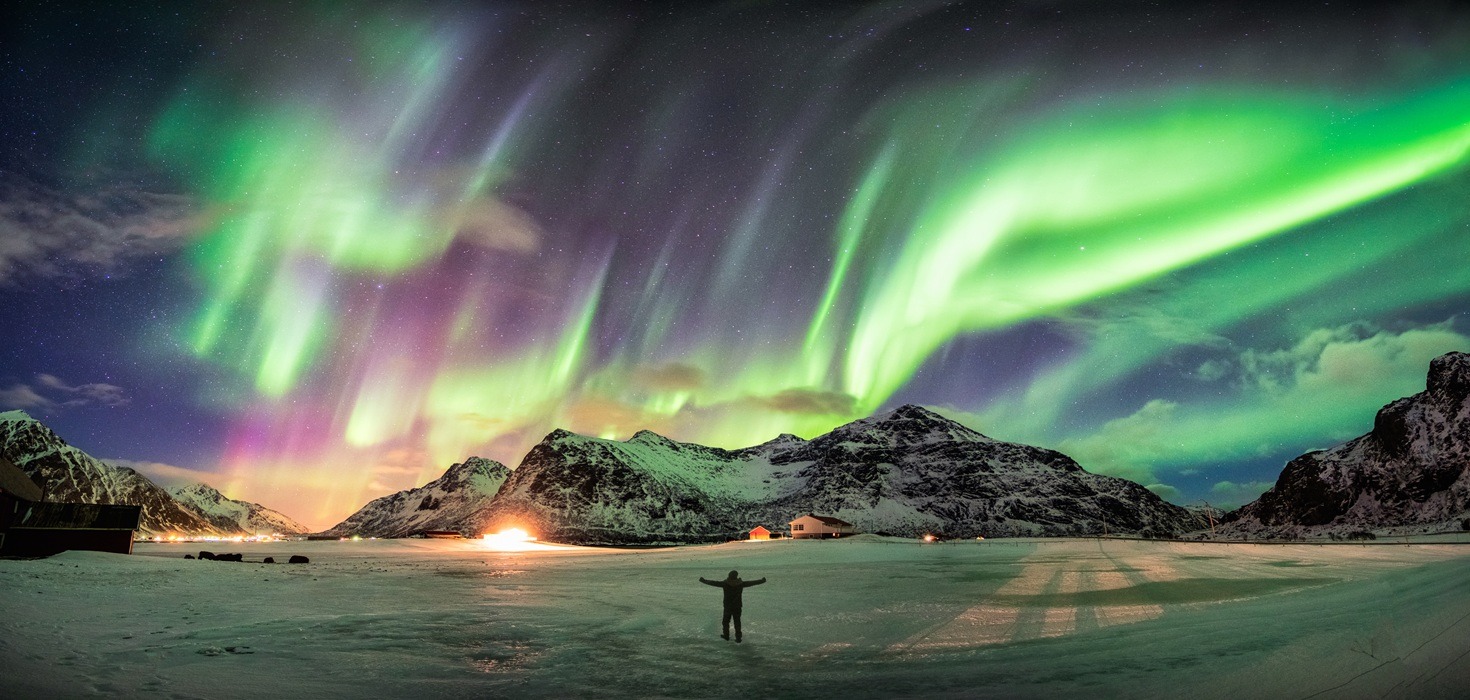Introduction
Welcome to the enchanting world of Kinkaku-ji, also known as the Golden Pavilion, a shimmering icon nestled in the heart of Kyoto. This breathtaking Zen temple, draped in gold leaf, is not just a feast for the eyes but a beacon of Japan’s rich cultural heritage. As you stroll through its serene surroundings, you’ll discover why it’s one of the most cherished Kyoto attractions. Visitors can expect a day filled with tranquility, stunning architecture, and a deep connection to Zen philosophy, making it a must-see on any travel itinerary.
Discovering the Golden Pavilion: Architectural Marvel of Kinkaku-ji
The architectural beauty of Kinkaku-ji is nothing short of mesmerizing. The temple’s three distinct stories each embody a different architectural style, showcasing the evolution of traditional Japanese design. The top two floors are covered in brilliant gold leaf, reflecting off the tranquil pond below and creating a sight that captures the essence of Kyoto’s beauty. This stunning structure was originally built in the 14th century as a retirement villa for the shogun Ashikaga Yoshimitsu, and it has since become a symbol of peace and harmony.
What sets Kinkaku-ji apart from other famous Kyoto temples is its unique blend of styles. The first floor features a solid, rustic design known as Shinden-zukuri, while the second floor showcases the elegance of the Samurai style, and the top floor embraces the graceful features of Zen architecture. Each layer tells a story, inviting visitors to appreciate the artistry and thoughtfulness that went into its creation. As you explore, take a moment to ponder the symbolism behind the golden façade—it represents the purity of the mind and the quest for enlightenment.
Zen Gardens: Serenity and Reflection in Kinkaku-ji Gardens
Surrounding the Golden Pavilion are meticulously designed zen gardens that radiate peace and tranquility. These gardens are not just beautiful; they are a reflection of Zen philosophy, emphasizing simplicity and harmony with nature. As you wander through the carefully arranged rocks, raked gravel, and strategically placed plants, you’ll find yourself enveloped in a sense of calm that invites reflection and mindfulness.
For those looking to experience true serenity, take your time in the gardens. Find a quiet spot to sit and breathe in the fresh air, allowing the gentle sounds of nature to wash over you. Many visitors have shared how the gardens provided a much-needed escape from the hustle and bustle of daily life, making them a perfect place to recharge your spirit. Don’t forget to bring your camera; the picturesque landscapes offer countless opportunities for stunning photos that capture the essence of tranquil places in Kyoto.
Best Times to Visit Kinkaku-ji: Seasonal Splendor and Photography Tips
Timing your visit to Kinkaku-ji can significantly enhance your experience. The best times to visit are during the spring and autumn months when the gardens burst into color. Cherry blossoms in April and vibrant autumn leaves in November create a breathtaking backdrop for the Golden Pavilion, making these seasons particularly popular among photographers and nature lovers alike.
For those seeking to avoid the crowds, early mornings or late afternoons are ideal. The soft light during these times not only provides perfect conditions for kinkakuji photography but also allows for a more intimate experience with the temple and its gardens. Capture the golden reflections in the pond as the sun rises or sets, creating a magical scene that will leave you in awe.
Nearby Attractions: Expanding Your Kyoto Adventure Beyond Kinkaku-ji
While Kinkaku-ji is undoubtedly a highlight, there are plenty of nearby attractions to Kinkakuji that are worth exploring. Just a short walk away lies Ryoan-ji, famous for its rock garden that embodies the essence of Zen philosophy. The simplicity of its design invites contemplation and is a perfect complement to the grandeur of Kinkaku-ji.
Another must-see is Ginkaku-ji, or the Silver Pavilion, which offers a different yet equally captivating experience. Known for its beautiful gardens and serene atmosphere, Ginkaku-ji is an excellent stop on your temple-hopping adventure. Consider planning a full day itinerary that includes these sites, allowing you to soak in the rich cultural tapestry of Kyoto.
Cultural Experiences: Engaging with Kyoto’s Rich Heritage
As you soak in the beauty of Kinkaku-ji, don’t miss the chance to immerse yourself in Kyoto’s rich cultural experiences. Just a stone’s throw from the Golden Pavilion, you can participate in a traditional Japanese tea ceremony. These ceremonies are not just about sipping tea; they are a beautiful ritual that showcases the art of hospitality and the aesthetics of simplicity. Visitors often leave with a deeper appreciation for Japanese culture, as they learn about the history and significance behind each movement and gesture.
For those feeling crafty, consider joining a local workshop to try your hand at Kyoto’s traditional crafts. From pottery to fabric dyeing, these hands-on experiences allow you to connect with local artisans and create a unique souvenir to take home. You might even find a charming little shop where you can make your own Kyo-wagashi, the delicate sweets that accompany tea. These workshops are often led by friendly locals who are eager to share their passion and knowledge, making it a delightful way to spend an afternoon.
Culinary Delights: Tasting Kyoto’s Traditional Flavors
No visit to Kyoto would be complete without indulging in the local cuisine. The area surrounding Kinkaku-ji is brimming with delightful eateries that serve up traditional dishes. One must-try is Yudofu, a simple yet delicious tofu hot pot that reflects the region’s emphasis on fresh, local ingredients. Enjoying a warm bowl of Yudofu in a serene setting is an experience that captures the essence of Kyoto’s culinary scene.
For a sweet treat, try Kyo-wagashi, which are beautifully crafted Japanese sweets often enjoyed with tea. These confections are not only tasty but also a feast for the eyes, making them perfect for Instagram! Many cafes near Kinkaku-ji offer these delights, so take a break, relax, and savor the flavors of Kyoto.
Festivals and Events: Celebrating Kyoto’s Cultural Calendar
Kyoto is a city that loves to celebrate, and the area around Kinkaku-ji is no exception. Depending on when you visit, you might be lucky enough to experience one of the many seasonal festivals. For instance, the Hanami season in spring, where locals gather to appreciate cherry blossoms, is a magical time to be in the city. Imagine picnicking under the blooming trees, surrounded by laughter and the sweet scent of flowers.
In autumn, the Jidai Matsuri (Festival of Ages) takes place, featuring a parade that showcases the history of Kyoto through traditional costumes. This vibrant event is a fantastic way to witness the city’s cultural heritage come alive. Participating in or simply watching these events can add a whole new dimension to your visit, making it even more memorable.
Practical Information for Travelers: Tips for an Enjoyable Visit
Planning your visit to Kinkaku-ji can be a breeze with a little insider knowledge. The temple is open daily, but it’s best to check the opening hours before you go, as they may vary seasonally. Admission is quite reasonable, making it accessible for everyone.
To make the most of your experience, try to arrive early in the morning or later in the afternoon. This timing not only helps you avoid the crowds but also allows you to enjoy the peaceful ambiance of the gardens. Don’t forget to wear comfortable shoes, as you’ll want to explore every nook and cranny of this beautiful site!
Transportation Details: How to Reach Kinkaku-ji with Ease
Getting to Kinkaku-ji is straightforward, whether you’re using public transport or driving. If you’re taking the bus, several routes connect to the temple from Kyoto Station, making it easy to hop on and off. For those who prefer a bit of exercise, consider renting a bicycle to explore the area at your own pace. Biking through Kyoto’s scenic streets is not only fun but also a fantastic way to see the city!
If you decide to drive, there’s parking available near the temple, but it can fill up quickly, especially during peak tourist seasons. Arriving early will help you secure a spot and enjoy a leisurely stroll around the gardens before the crowds arrive.
Outdoor Activities: Exploring Nature Around Kinkaku-ji
After soaking in the beauty of Kinkaku-ji, why not extend your adventure outdoors? The surrounding area offers some lovely nature walks that are perfect for those looking to unwind. You can find peaceful paths that wind through lush greenery, providing a refreshing break from temple visits. The nearby Ryoan-ji is not just famous for its rock garden; it also boasts beautiful trails that invite you to explore.
Another scenic spot is the Kyoto Botanical Gardens, which is just a short distance away. Here, you can enjoy a diverse collection of plants and flowers, making it a delightful escape into nature. Whether you’re a nature lover or just looking for a quiet place to relax, the outdoor spaces around Kinkaku-ji won’t disappoint.
Sustainability and Conservation Focus: Preserving Kinkaku-ji’s Beauty
As you marvel at the beauty of Kinkaku-ji, it’s essential to think about sustainability and conservation efforts that help preserve this cultural gem. Many initiatives are in place to protect the delicate ecosystems surrounding the temple. Visitors can contribute by following the rules set by the site, such as sticking to paths and respecting the natural environment.
Consider supporting local businesses that practice sustainable tourism. By choosing eco-friendly tours or purchasing handmade crafts from local artisans, you’re helping to maintain Kyoto’s cultural heritage for future generations. Every small action counts in preserving the charm and beauty of this iconic location!
Commonly Asked Questions (FAQs): Your Kinkaku-ji Queries Answered
Curious about visiting Kinkaku-ji? Here are some common questions travelers often have:
- What are the opening hours of Kinkaku-ji? The temple is generally open from 9 AM to 5 PM, but it’s best to check for seasonal changes.
- Is there an entrance fee? Yes, there is a modest entrance fee that helps maintain the temple and gardens.
- Can I take photos inside the temple? Photography is allowed in the gardens, but be respectful and avoid taking photos inside the temple itself.
These insights can help ensure a smooth visit, allowing you to focus on enjoying the stunning surroundings.
Fun Facts About Kinkaku-ji: Discovering Hidden Gems
Did you know that Kinkaku-ji is not just a pretty face? This temple has a fascinating history! Originally built as a retirement villa for the shogun Ashikaga Yoshimitsu in the 14th century, it later became a Zen temple after his death. The current structure is a reconstruction that was completed in 1955 after the original was burned down in a fire.
Another fun fact: the temple’s golden exterior shines brightly in sunlight, but it’s even more magical during winter when the snow blankets the grounds. This contrast creates a stunning visual that many photographers dream of capturing!










